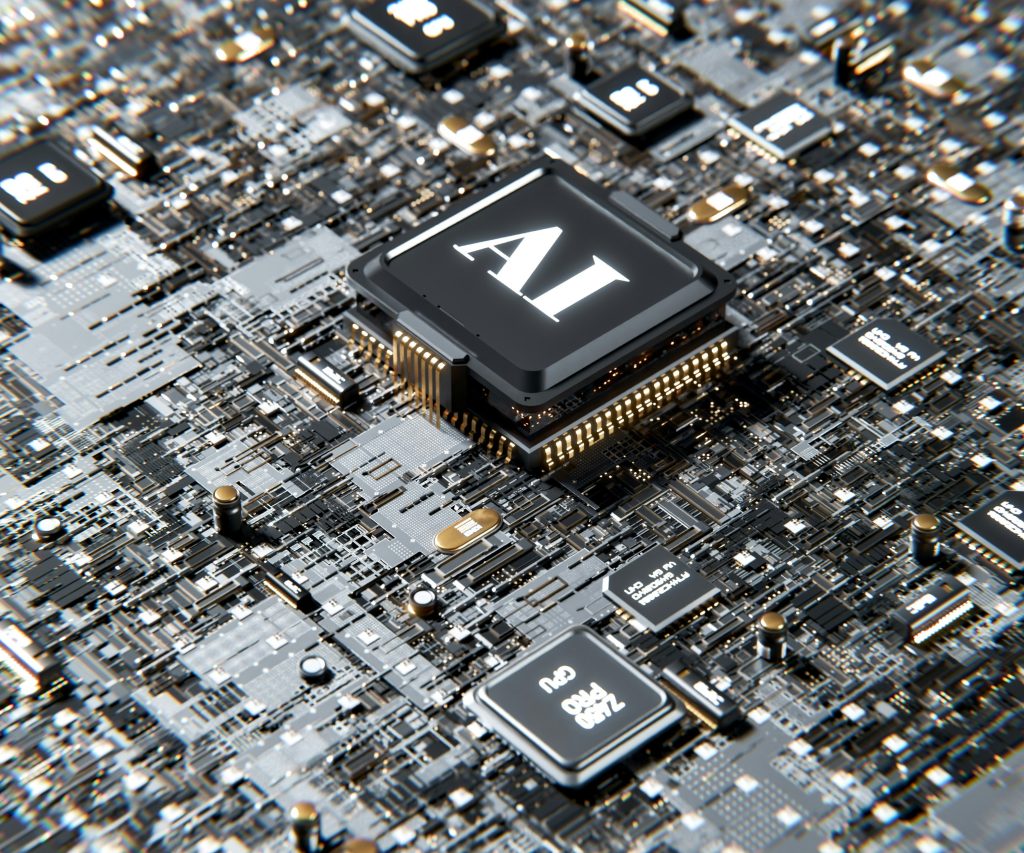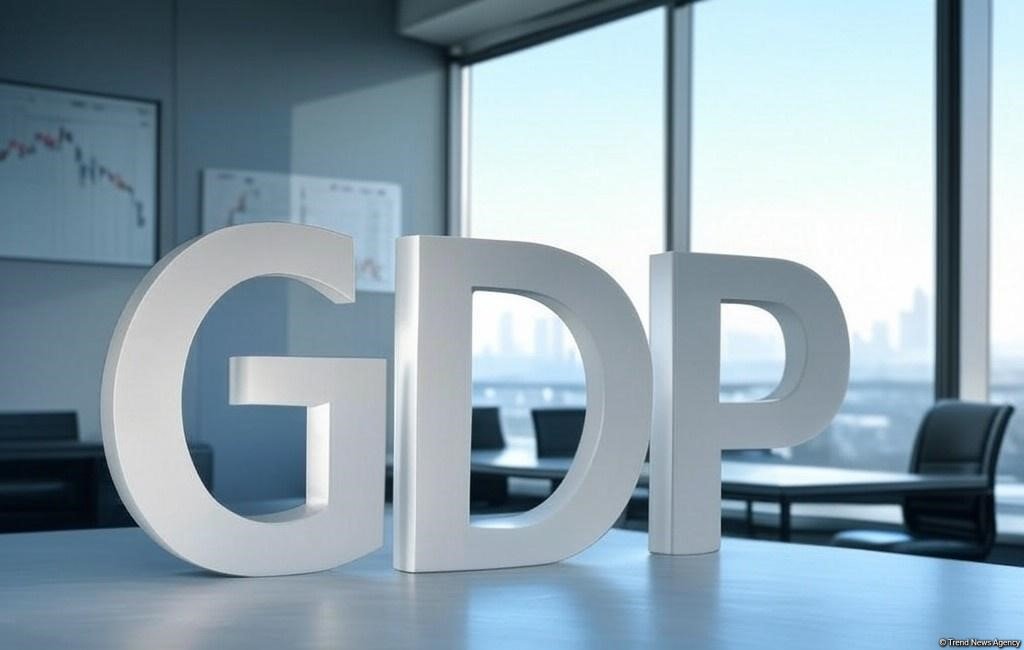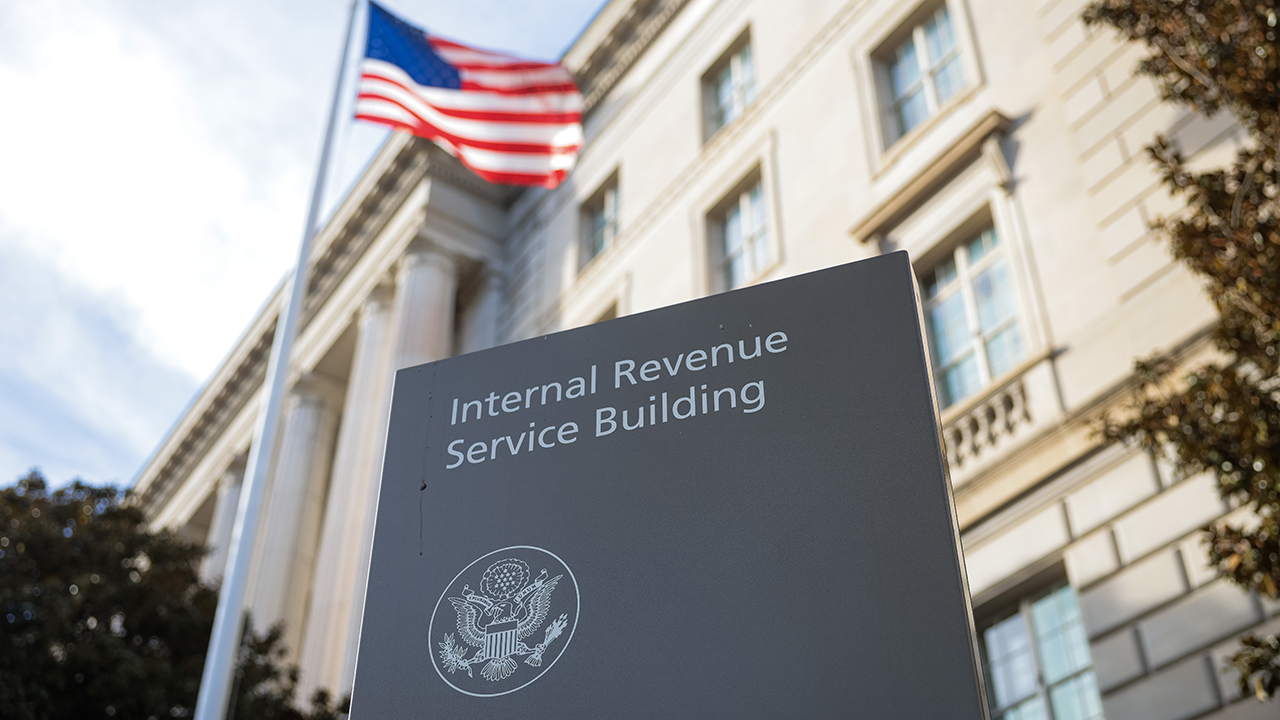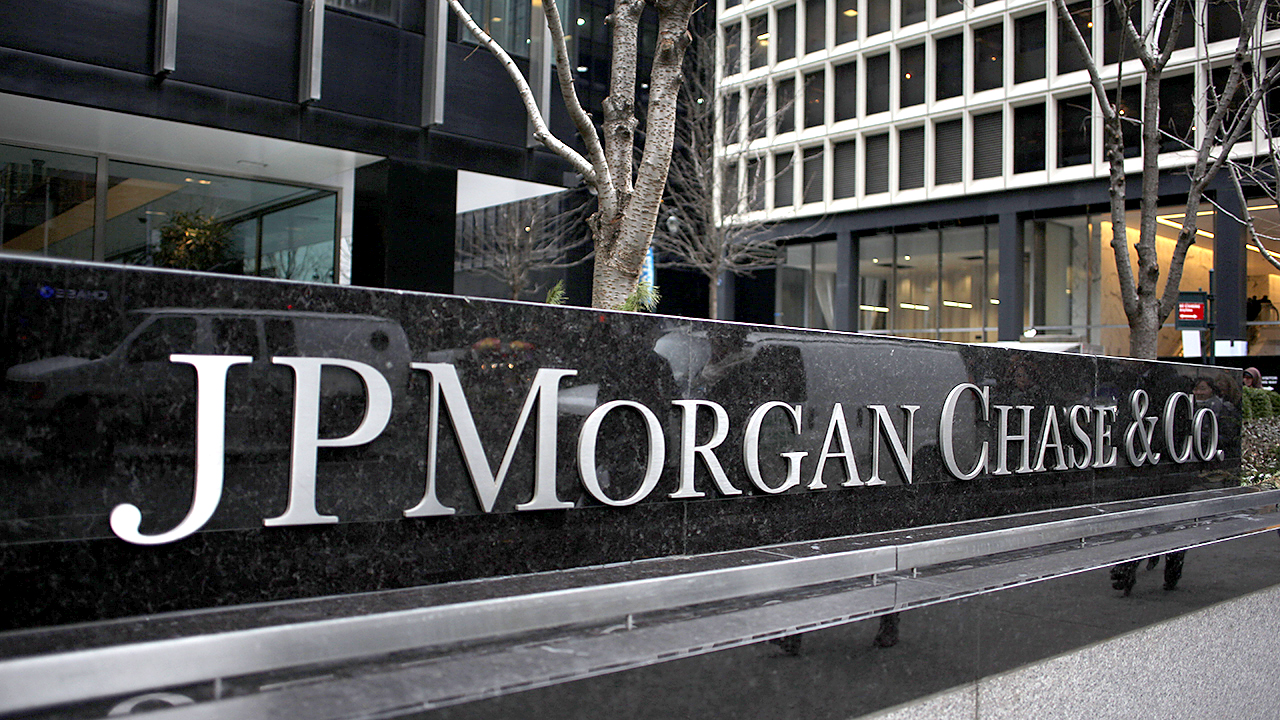The Great AI Rush: Sky-High Valuations and the Question of a Bubble


Barely two years after the world’s attention pivoted to artificial intelligence, a new gold rush is under way. From Silicon Valley to London, from Paris to Bangalore, start-ups working with AI are commanding valuations that seem to defy the ordinary logic of venture capital. Investors, spurred by the promise of revolutionary productivity gains and the fear of missing out, are paying sums reminiscent of the dotcom boom.
In 2023, the race began with the breakout success of generative AI models. But by late 2025, it has become something more intense — a full-blown investment mania. Valuations for early-stage AI companies have multiplied, rounds close in days, and founders barely out of university find themselves courted by the most prestigious venture funds. The question now hovering over boardrooms and trading desks alike is whether this exuberance represents the dawn of a transformative technological era — or merely another speculative bubble inflated by hype and easy capital.
Fear of Missing Out, Fueled by Technological Change
At the heart of the AI investment surge lies a simple narrative: that AI will reshape everything. The technology’s proponents compare it to the invention of electricity or the internet. For venture capitalists, this belief has produced a rare alignment of conviction and competition. Funds that missed early opportunities in OpenAI or Anthropic are desperate not to be left out again. Every new company claiming to have a proprietary model, unique dataset or “agentic” capability is greeted as a potential billion-dollar opportunity.
The result is a capital frenzy. Seed-stage start-ups, sometimes with little more than a small team and a demo, are raising at valuations exceeding $100 million. Growth-stage AI companies are commanding multiples of revenue unseen in traditional software. Even as interest rates remain high and the broader venture market shows restraint, AI seems to exist in a parallel financial universe.
In part, this reflects genuine economic expectations. The cost of computing power and access to large language models has fallen, allowing more start-ups to experiment. Enterprises across industries — from law to logistics — are adopting AI tools to cut costs or automate cognitive tasks. Investors see this as the foundation of a structural productivity boom. But the pace of investment is also psychological. No one wants to be the fund that said “no” to the next OpenAI.
The Data and Model Arms Race
Unlike many past technology cycles, the current AI boom is concentrated around two scarce resources: data and compute. The most valuable start-ups are those that can claim proprietary access to high-quality datasets or the infrastructure to train large-scale models. Cloud providers and chipmakers have become both suppliers and gatekeepers. The demand for Nvidia GPUs, in particular, has created bottlenecks that limit competition — a dynamic that paradoxically strengthens the valuation of well-funded players who can secure access.
This has given rise to a two-tier market. On one end are capital-intensive model companies burning through hundreds of millions of dollars to train frontier systems; on the other, a long tail of “application-layer” start-ups building niche tools for productivity, design or coding. The latter face lower barriers to entry but also intense competition and rapid commoditisation. Yet investors are still betting on both tiers, reasoning that even a small chance of success justifies the risk when the upside could be enormous.
But this logic has led to distortions. Some firms raise capital simply to buy computing time, with limited evidence of product-market fit. Others pitch themselves as AI companies for valuation purposes, regardless of whether their use of the technology is central or superficial. Analysts have begun to warn that venture markets are overpaying for the label “AI,” much as they once did for “blockchain” or “internet-enabled” companies in earlier cycles.
Historical Echoes
For anyone with long enough memory, the pattern feels familiar. The dotcom boom of the late 1990s was driven by the same mixture of technological optimism, easy capital and narrative power. The internet was indeed transformative, but that did not save investors in Pets.com or Webvan. The early enthusiasm over blockchain and crypto produced a similar trajectory: visionary potential, speculative mania, and eventual correction.
What distinguishes the AI surge is its immediacy. Whereas many past technologies required years of infrastructure building, AI’s impact is visible almost overnight. Workers are already using generative models to draft reports, code software, or design marketing campaigns. Corporations are redesigning workflows. The short feedback loop between innovation and adoption has given investors confidence that returns will come faster this time.
Yet this immediacy also obscures uncertainty. The core technology is still evolving, and its economics remain volatile. Running large models is expensive, and the moat around them may be thinner than assumed. Open-source alternatives are eroding the proprietary advantage of some leading players. Regulation, particularly around data use and model transparency, could alter the landscape abruptly. Beneath the excitement lies the same question that has punctured many past bubbles: how much real value is being created?
The Role of Big Tech
Adding fuel to the fire are the deep pockets of Big Tech. Microsoft, Google, Amazon and Meta are not merely investors but also competitors and customers in the AI ecosystem. Their strategic bets have validated start-up valuations and provided exit pathways that make venture investment seem safer. A start-up acquired by a hyperscaler can deliver a swift, lucrative return even without independent profitability.
But this dynamic can also distort pricing. When Microsoft invested billions in OpenAI, or when Amazon backed Anthropic, it set benchmarks that cascaded down the market. Smaller investors, lacking access to such strategic partnerships, are forced to pay premium valuations to compete. As one venture partner put it recently, “the big guys have made everyone else play their game.”
The same applies to capital inflows from sovereign wealth funds and corporate venture arms, which see AI as a generational opportunity. With so much dry powder chasing a finite set of credible start-ups, prices have nowhere to go but up.
The Bubble Debate
Whether this constitutes a bubble depends on one’s definition. A bubble, in economic terms, occurs when asset prices significantly exceed their fundamental value. By that measure, many AI valuations already qualify. Companies with negligible revenue and unproven business models are valued at hundreds of millions, sometimes billions. The underlying justification often rests on vague promises of “disruption” or “platform potential.”
However, not all exuberance is irrational. The internet bubble, for all its excess, financed the infrastructure that later made digital commerce viable. If AI follows a similar trajectory, today’s inflated valuations may still produce long-term value, even if many players vanish along the way. Capital misallocation is a byproduct of technological revolutions; the trick is distinguishing signal from noise.
Some investors argue that this time is different because AI represents a general-purpose technology — one that will underpin everything from education to medicine to finance. That view suggests even massive valuations could eventually be justified. Yet the counterargument is that such broad applicability makes it hard for individual start-ups to maintain durable advantage. When everyone can fine-tune a model or integrate an API, defensibility becomes elusive.
The Psychology of Mania
The surge in AI valuations is as much psychological as financial. Every cycle of technological speculation has been driven by narratives — stories of limitless potential that capture the imagination of capital. What makes the current narrative potent is its credibility: AI systems visibly work. They can draft legal contracts, generate code, or design a website in seconds. This visible magic suspends disbelief.
Venture capitalists, trained to chase asymmetric outcomes, find such stories irresistible. When one investment could return 100x, traditional caution evaporates. Founders, meanwhile, are caught in a feedback loop of ambition and validation. A company valued at $500 million after six months of existence begins to behave as if it must justify that valuation through bold promises, which then feed back into investor enthusiasm.
In the public markets, this has spilled over into the performance of AI-related stocks, particularly semiconductor and cloud infrastructure firms. Their market capitalizations have soared, often faster than their underlying earnings. Retail investors, sensing momentum, pile in — completing the classic ingredients of speculative fervor.
The Road Ahead
History suggests that no boom lasts forever. Eventually, the market tests every narrative. For AI start-ups, the reckoning will likely come when expectations of revenue meet the realities of cost and competition. Some will consolidate, others will fold. But a handful will endure, building the platforms and tools that define the next technological epoch.
If there is a bubble, it is one inflating around a kernel of truth. AI is real, its capabilities are expanding, and its economic implications are vast. The question is not whether the technology matters, but whether today’s valuations have already priced in the next decade of progress. For now, the music is still playing — and investors are dancing faster than ever.
The post The Great AI Rush: Sky-High Valuations and the Question of a Bubble appeared first on European Business & Finance Magazine.














































